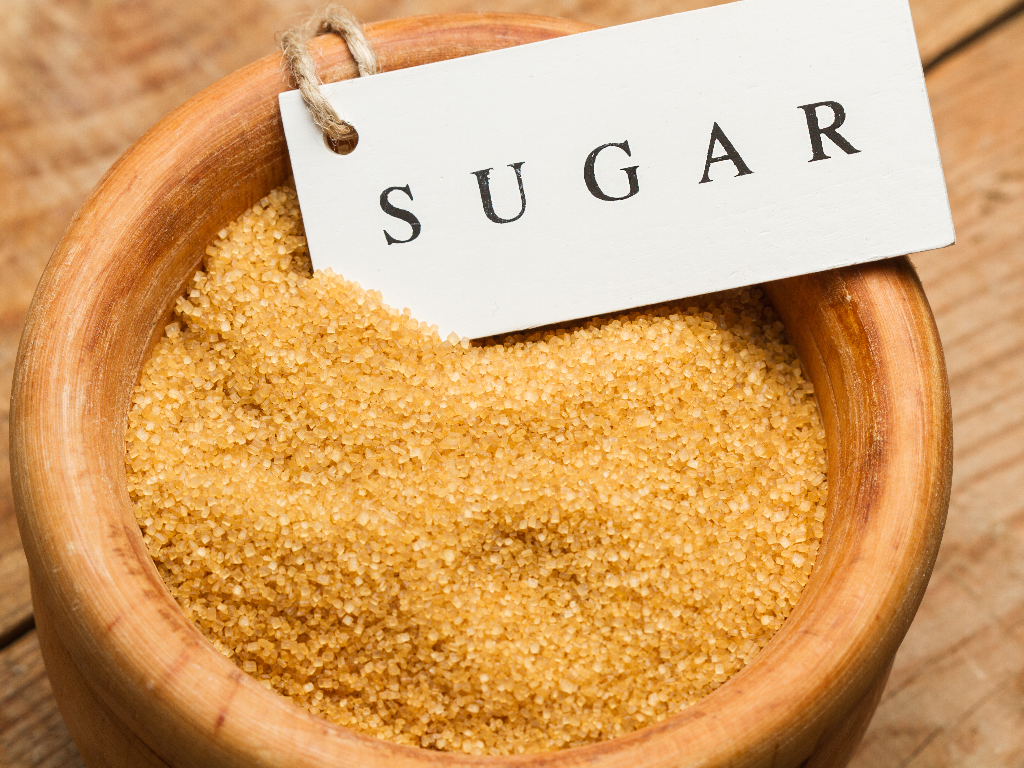Kenya's sugar prices have risen significantly in Nairobi and Mombasa markets due to heavy rainfall causing massive flooding and slowing down cane harvesting and transportation. The wet weather has impacted sugarcane production across the sugarcane belt, leading to tighter supply and higher prices. This trend is expected to continue in the coming months as the rainy season persists and 2024-Q2 production may be lower than Q1, easing the oversupply situation.
Meanwhile, Rwanda's average brown sugar prices dropped significantly due to increased imports from Uganda, which offer cheaper alternatives compared to world market brown sugars. In South Africa, sugar prices increased marginally due to a stronger rand against the US dollar.
Port activity reveals no raw sugar shipments destined for Kenya, but other East African Community countries are receiving sugar imports from India, such as Tanzania and Somalia. Ethiopia, on the other hand, experienced a steep 30% increase in sugar prices due to supply deficiencies caused by insecurity, high production costs, foreign currency shortages, and aging equipment.
In Kenya, the recent sugarcane pricing adjustment by the Kenya Sugarcane Pricing Committee has led to a significant drop in the price farmers receive per ton of sugarcane. This change has drawn criticism from farmers who believe the new prices are insufficient to cover production costs and are calling for a fairer pricing formula.
Overall, Kenya's sugar market faces challenges from adverse weather conditions, supply chain disruptions, and regulatory changes, which could lead to ongoing price fluctuations in the coming months.

